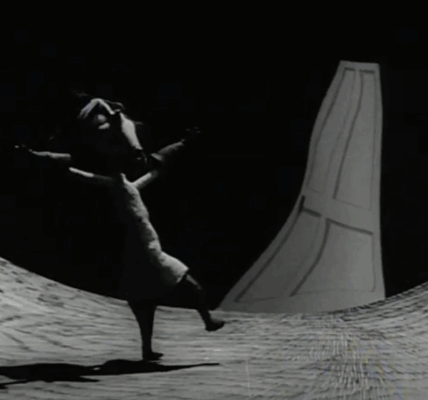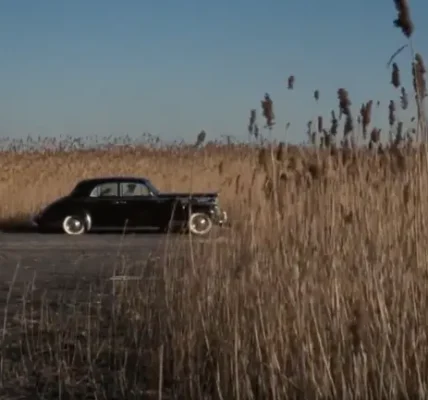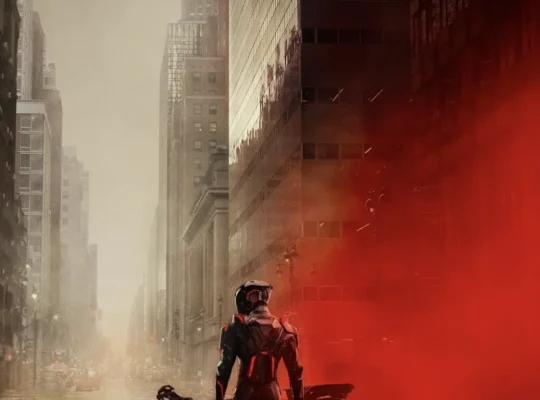Today, we’ll take a brief look at how movies are made.
How does a tiny idea in someone’s mind turn into a scene on screen and reach the audience?
By reading this, you’ll not only satisfy a little curiosity but also be able to see films from a broader perspective!
<Table of Contents>
- Development
- Pre-Production
- Production
- Post-Production
- Distribution
- Exhibition
1. Development
I think the development stage is the most important.
Even if you want to make a film, you can’t really get started if you don’t know what to shoot, right?
(I’m actually in that exact situation myself…🤣)
Development is the first stage of filmmaking.
It’s the process of turning an idea into a concrete plan and setting up the basic framework of the film.
This is where you decide the genre, story, characters, world, message, and visual style of your film.
In simple terms, it’s about writing the script and planning the budget and production.
For reference, director Bong Joon-ho usually writes his scripts in cafés.
If he stays too long in one place, he feels bad, so he moves around to two or three different cafés each day. 😆


do you have a method for immersing yourself into that world?


Quiet, tucked-away cafés…

I wrote my entire script at cafés.
2. Pre-Production
Once the development stage has laid out the script, budget, and overall production plan,
the pre-production stage is all about getting everything ready before shooting begins.
So, what happens during pre-production?
- Casting & Hiring Crew
Actors are auditioned or selected to fit the characters.
The producer also hires and coordinates schedules for key crew members, such as the director of photography, sound director, designers, costume team, and, if using CG, the VFX team. - Planning the Shoot
The shooting schedule is set, including the order of scenes, shooting methods, and equipment needed. - Preparing the Set
Locations are scouted, and costumes and props needed for filming are prepared in advance. - Rehearsals & Test Shoots
One common rehearsal is the “table read,” where all actors read through the script together before shooting.
If there are scenes involving explosions, stunts, or complex action, test shoots are conducted to ensure everything works smoothly.



3. Production
The production stage is where the plans set up during development and pre-production actually come to life on set.
It’s like a battlefield, a high-energy environment where focus and concentration are pushed to the max.
Many things happen at the same time—setting up cameras, managing the set, checking on actors, wrapping scenes, and preparing the next location.
Unexpected challenges—like weather, actor conditions, or equipment issues—are constantly present, so flexibility and strong teamwork are key.
Besides that, the crew needs to handle traffic control near the shooting site and ensure the safety of actors and the public.
It’s also a stage where spontaneous directorial changes, actor ad-libs, and performance tweaks are made to bring out the best possible result.
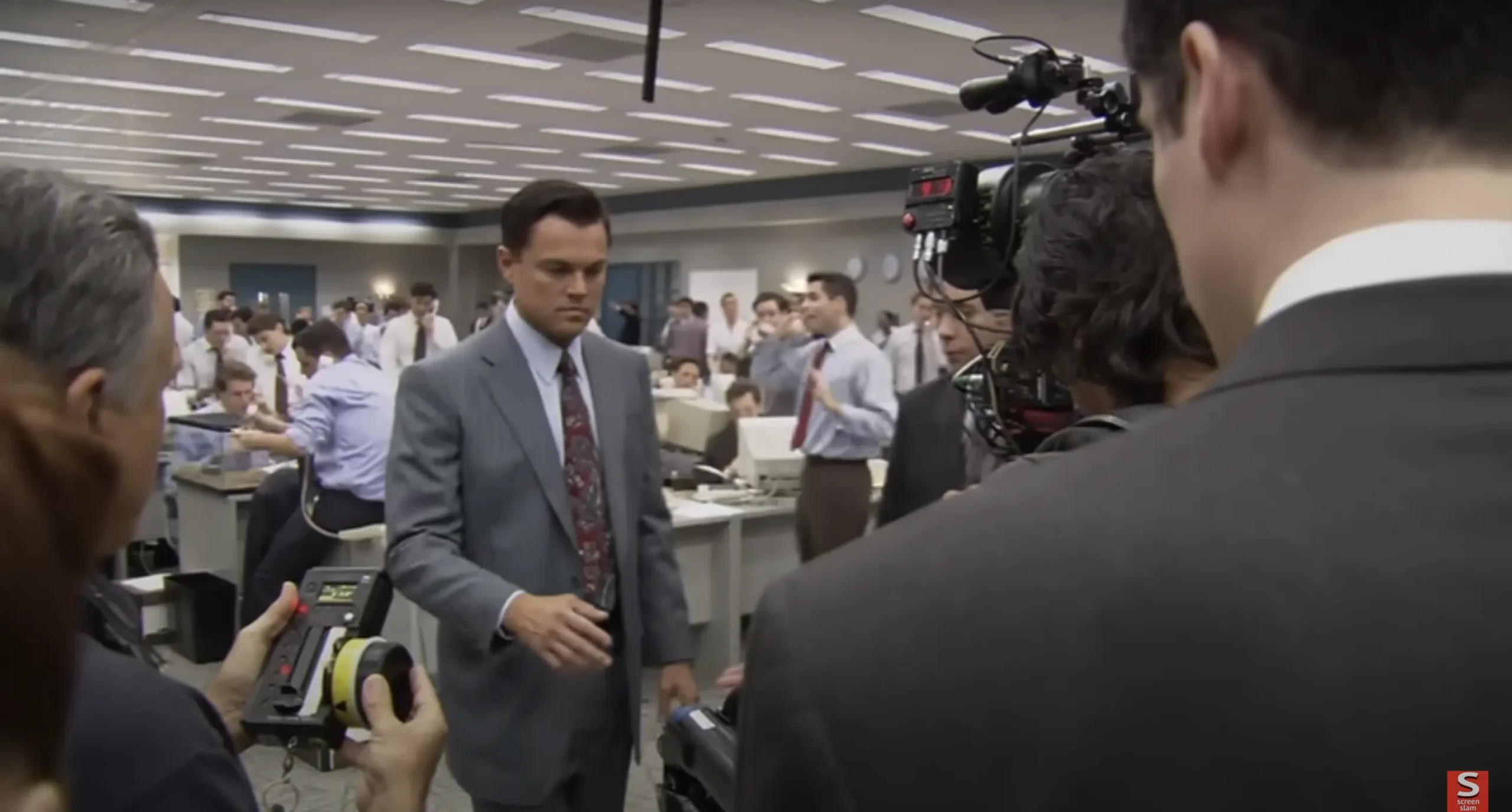



4. Post-Production
Post-production is where all the raw materials from the shoot come together to form a complete film.
This stage involves editing footage, mixing audio, adding music, applying visual effects, and doing color correction to shape the final look and feel of the story.
It starts with a rough cut. Then, scenes that interrupt the flow are trimmed out.
Sometimes the order of scenes is rearranged to improve pacing or create stronger emotional impact.
Every cut and transition is made to keep the audience engaged and fully immersed.
This stage is less chaotic than production—but just as critical. It’s where the film finally takes shape.
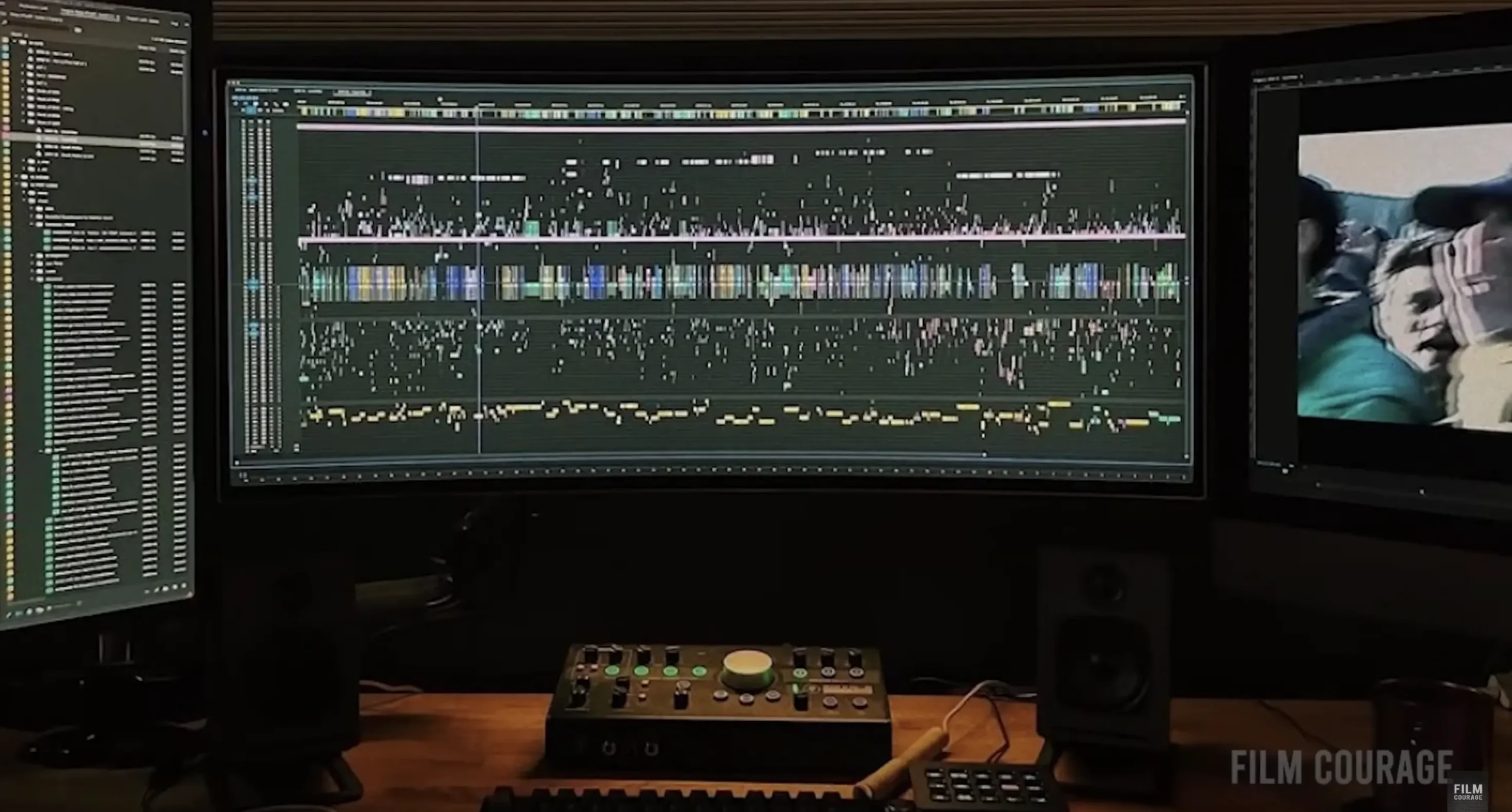

5. Distribution
A film only finds its true meaning once it reaches an audience. And that journey begins with distribution.
Distribution is the process of getting the finished film into theaters or onto various platforms so people can actually watch it.
This can include theatrical releases, film festivals, streaming platforms (like Netflix, Disney+, or Apple TV), and even physical formats like DVDs.
During this stage, contracts are signed with distributors, marketing strategies are set, and promotional materials like trailers, posters, and even merchandise are created.
It’s also common for directors and actors to appear in interviews or on TV shows before the release — a key part of promoting the film.
But even if a film is complete, it doesn’t always hit the screen right away.
Sometimes, the release gets delayed for strategic reasons — like avoiding competition with other big releases.
Other times, it’s due to post-production delays, film festival schedules, or coordination issues with distributors.
External factors like social issues or rating board decisions can also play a role.
(Delays are always a little disappointing… but hopefully now you can understand why they happen!)


6. Exhibition
Finally, the moment when the film meets the audience — the exhibition stage.
Exhibition is the process of actually showing the finished film in theaters or across various platforms.
It used to be that “movies belong in theaters,” but with the rise of OTT services, people now have many more options for where to watch films.
Personally, I still love watching movies in theaters — the big screen and powerful sound really pull me in and leave a lasting impression.
For creators, this stage can be nerve-wracking as they worry about box office and audience reactions.
But for the viewers, it’s the moment to simply enjoy the film.


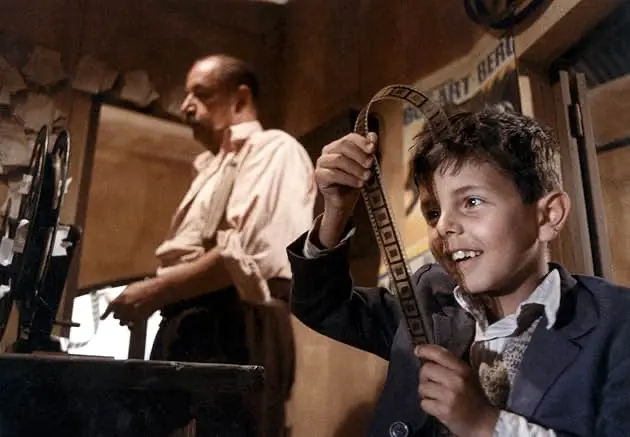

That wraps up our look at the filmmaking process!
Keep in mind, this is the most common workflow for mainstream commercial films.
Independent films, shorts, fully 3D movies, AI-generated films, and others might have different processes depending on their type and length!

